Doses of Estrogen: Understanding Hormone Replacement Therapy for Perimenopause and Menopause
What are the different types and doses of estrogen used in hormone replacement therapy (HRT)?. How is estrogen administered in HRT?. What are the benefits of transdermal estrogen compared to oral estrogen?. How are HRT doses individualized based on symptoms and risk factors?.
The Role of Estrogen in the Body
Estrogen is a crucial hormone produced predominantly by the ovaries, with small amounts also coming from the adrenal glands. It plays a vital role in regulating the menstrual cycle and the development of female characteristics during pregnancy, such as breast development. Estrogen also has important functions in maintaining bone health, cognitive function, cardiovascular health, and many other bodily processes. It is essential for temperature regulation, muscle and joint health, nerve function, metabolism, immune system, inflammation reduction, and keeping the vaginal and vulval tissues healthy and lubricated.
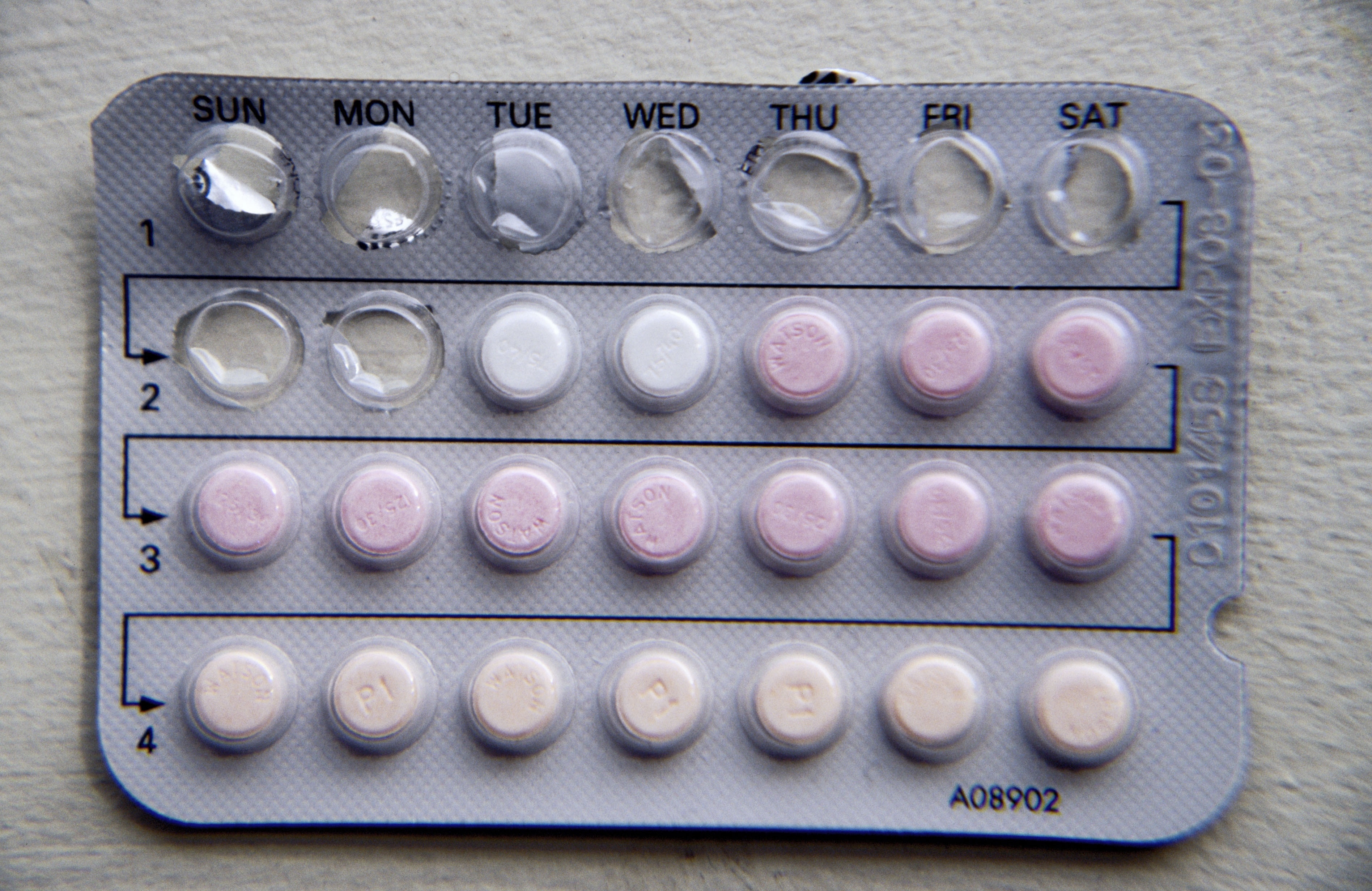
Estrogen is an umbrella term that encompasses three main types: estradiol, estrone, and estriol. Estradiol is the primary form of estrogen produced by the body during the reproductive years. Fluctuations and declines in estrogen levels can trigger a wide range of symptoms, including mood changes, anxiety, memory problems, sleep issues, joint pain, brain fog, hot flashes, and vaginal dryness.
Administering Estrogen in Hormone Replacement Therapy (HRT)
HRT regimens typically include estrogen, along with progesterone for women with a uterus, and sometimes testosterone. Estrogen can be delivered through the skin (transdermal) or orally in the form of tablets.
Transdermal estrogen, available as gels, patches, or sprays, is absorbed directly into the bloodstream, bypassing the liver. This means it has a lower risk of side effects like blood clots compared to oral estrogen. Transdermal estrogen is also suitable for women with migraines or a history of blood clots, who should avoid oral estrogen.

Another benefit of transdermal estrogen is the ability to more easily adjust the dose to meet individual needs and alleviate specific symptoms. The majority of estrogen and progesterone used in HRT today is derived from yam plants, which have the same molecular structure as the hormones naturally produced by the body (known as body-identical hormones).
Individualized HRT Dosing
The appropriate HRT dosage, regimen, and duration should be tailored to each individual based on their symptoms and risk factors. A consensus statement by the British Menopause Society recommends annual evaluation of the benefits and drawbacks of HRT for each patient.
Hormone blood tests are generally not needed to diagnose perimenopause or menopause, as the levels fluctuate significantly during the transition. However, these tests can be useful in some cases to monitor the absorption of hormones from HRT. Ultimately, the goal is to prescribe the lowest effective dose of HRT that alleviates symptoms and reduces the risk of long-term health issues, such as heart disease, osteoporosis, depression, and type 2 diabetes.

Optimizing HRT Dosing
How can you ensure you’re getting the right HRT dosage for your individual needs? The key is to work closely with your healthcare provider to monitor your symptoms and make adjustments as needed. Some women may require higher doses of estrogen to achieve optimal symptom relief, while others may do well with lower doses.
The Benefits of Transdermal Estrogen
What are the advantages of using transdermal (skin-applied) estrogen compared to oral estrogen in HRT? Transdermal estrogen has several important benefits:
- Bypasses the liver, reducing the risk of blood clots
- Suitable for women with migraines or a history of blood clots, who should avoid oral estrogen
- Allows for easier dose adjustments to individualize treatment
Choosing the Right HRT Formulation
When selecting an HRT regimen, it’s important to consider the different types of estrogen, progesterone, and testosterone that can be used. The majority of HRT today utilizes body-identical hormones derived from yam plants, which have the same molecular structure as the hormones naturally produced by the body. This can provide benefits in terms of safety and tolerability compared to synthetic hormone formulations.

Monitoring HRT Effectiveness
While hormone blood tests are generally not needed to diagnose perimenopause or menopause, they can be useful in some cases to evaluate the absorption and levels of hormones from HRT. This information, combined with an assessment of your symptoms, can help your healthcare provider fine-tune your HRT regimen to ensure you’re getting the optimal benefits.
balance – HRT doses explained
What you need to know about hormone replacement during the perimenopause and menopause
Hormone replacement therapy (HRT) is usually the first-line treatment to improve symptoms of the perimenopause and menopause [1]. It works by topping up or replacing your missing hormones.
All types of HRT will usually contain estrogen, progesterone if you have a uterus and sometimes testosterone.
But what are these hormones, why are there different doses and why do absorption rates vary from person to person?
This article tackles these key questions and more.
What is estrogen and what do I need it for?
Estrogen is a hormone produced predominantly by your ovaries with small amounts coming from your adrenal glands. It helps to regulate your menstrual cycle and the development of female characteristics during pregnancy, such as breasts.
It also plays important roles in bone health, memory and cognition and cardiovascular health and is essential for many bodily functions, including:
- temperature regulation
- maintaining healthy and strong muscles and joints
- helping your nerves work correctly
- maintaining a healthy metabolism
- improving the way your immune cells work and function
- reducing inflammation throughout your body
- improving the way other neurotransmitters (such as serotonin) work in your brain
- keeping the lining of your vagina and vulval tissues healthy and lubricated
Estrogen is actually an umbrella term for three types: estradiol, estrone and estriol. Estradiol is the main type of estrogen produced by your body in your reproductive years.
Estradiol is the main type of estrogen produced by your body in your reproductive years.
You have estrogen receptors in cells throughout your entire body, so when levels fluctuate and fall, this can trigger wide-ranging and varying symptoms including low mood, anxiety, memory problems, poor sleep, joint aches and pains, brain fog, hot flushes and vaginal dryness.
How is estrogen given in HRT?
All HRT regimes will usually include estrogen, plus progesterone if you still have your uterus, and sometimes testosterone.
Estrogen can be given either through your skin, known as transdermal estrogen, or orally in the form of a tablet.
Transdermal estrogen can be given in the form of
- gel
- patches
- spray
Transdermal HRT is absorbed directly through your skin into your bloodstream. This means that it bypasses your liver and causes less side effects. In addition, your liver produces clotting factors, which means that if a tablet of estrogen is taken, there is a small increased risk of a blood clot occurring. There is no risk of clot for women who use transdermal estrogen.
There is no risk of clot for women who use transdermal estrogen.
Transdermal estrogen can also be taken by women who suffer from migraines (women with migraine should not take estrogen in tablet form) and women who have had a clot in the past.
Another benefit of transdermal estrogen is that doses can be altered more easily, allowing you to be treated individually and have your HRT dose and type tailored to your symptoms.
What is HRT made from?
In the past, estrogen was only given as a tablet which was derived from pregnant horses’ urine.
However the majority of estrogen and progesterone in the HRT that is now prescribed is derived from yam plants. When hormones have the same molecular shape as the hormones your body naturally produces itself, they are called body identical hormones.
This form of estrogen most commonly used is called 17-β estradiol. All types of transdermal estrogen contain this type of estrogen.
The brand of progesterone most commonly used is Utrogestan which is another body identical hormone derived from yam plants. There are some other brands of body identical versions of progesterone available. Sometimes, synthetic versions of this hormone are used which are called progestogens. This will be discussed in more detail below.
There are some other brands of body identical versions of progesterone available. Sometimes, synthetic versions of this hormone are used which are called progestogens. This will be discussed in more detail below.
Body identical testosterone is also derived from yam plants.
I’ve started taking HRT. How will I know how much estrogen I need?
A consensus statement by the British Menopause Society states that HRT dosage, regimen and duration should be individualised, with annual evaluation of advantages and disadvantages [2].
We prescribe doses according to symptoms and some women have more symptomatic improvement with higher doses than other women. Prescribing HRT at the right dose improves symptoms and also reduces future risk of heart disease, osteoporosis, clinical depression and type 2 diabetes.
Hormone blood tests are not usually needed to make a diagnosis of the perimenopause or menopause, as they are unreliable especially as the levels fluctuate so much during the perimenopause. However hormone blood tests can be useful for some women to monitor the absorption of hormones from your HRT.
However hormone blood tests can be useful for some women to monitor the absorption of hormones from your HRT.
As your hormone levels vary from day to day, it’s always important to consider the whole picture, taking into account how you feel and if your symptoms have changed since starting to take HRT and this information will be considered to help decide if you need a change in your dose or type of HRT.
Estradiol levels are most useful for monitoring how well a type of HRT is being absorbed. They are not that accurate if you take estrogen as a tablet, as the estrogen becomes metabolised into different types of estrogen when it is digested. However, they can be helpful if you take transdermal HRT to confirm if it is being adequately absorbed through your skin into your bloodstream, especially if you are still experiencing symptoms. If you are having symptoms despite taking HRT, then it may be that there are other causes for your symptoms so it is always important to discuss any symptoms with a healthcare professional.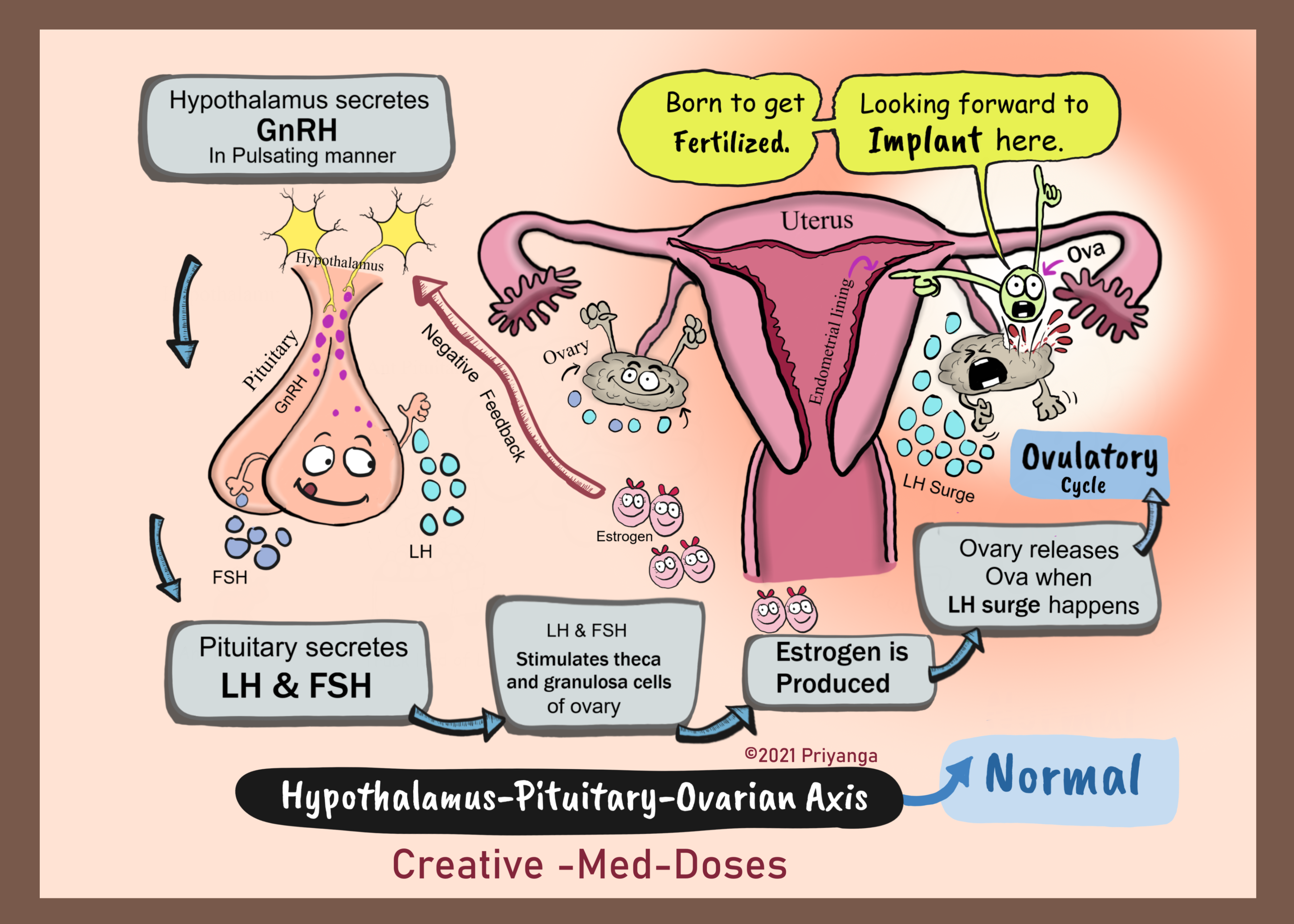
Generally, to offer the health benefits of estrogen replacement, estradiol blood levels need to be over 250pmol/L. Few women need to have a level above 1000pmmol/l. Levels can really alter rapidly during the perimenopause and it can be common for women to transiently have higher levels.
This is the usual range of estrogen when you are menstruating. In comparison, during pregnancy levels of estrogen can be around 17,000pmol/l.
However, the dose of estrogen needed to relieve the symptoms of the perimenopause and menopause can really vary between people.
Studies have shown that younger women experiencing symptoms of the perimenopause or menopause often tend to need higher levels of estradiol (and therefore usually higher doses of HRT) than older women do.
It is important to have adequate estrogen to improve symptoms as well as to improve future health. If amounts of estrogen are too low then it is likely you will experience symptoms and also the health risks of the menopause (such as increased risk of heart disease, osteoporosis, clinical depression and dementia) will still be present.
My friend is on a lower dose than I am. Does that mean my dose is too high?
Some women need higher doses than other women to achieve the same benefits, especially as estrogen can often be absorbed differently through the skin. For example, some people find they absorb estrogen much more effectively through gels rather than patches, whereas for other women they find they absorb more effectively using patches compared to gels. Other people find they absorb some brands of gels or patches better than others, despite them all containing the same type and dose of estradiol.
Because of this, to achieve a specific estradiol level, some women may only need a very low dose and some may need a higher dose.
Is it safe to use a higher than licensed dose of estrogen?
There is no current maximum licensed dose of estrogen in the British National Formulary (BNF). The BNF states that doses of estradiol should be adjusted according to response.
Some women need higher doses to achieve a physiological level of oestradiol. It is more common that younger women with premature ovarian insufficiency (menopause before the age of 40) need higher doses to achieve a physiological response.
While many women will respond well to lower doses of estrogen, some will require higher doses such as 200mcg or 300mcg of estradiol patches to provide adequate symptom control.
Why do some people absorb female hormones differently to others?
There are so many reasons why you may absorb hormones through your skin differently to others.
There are many tiny blood vessels, called capillaries, which supply blood and nutrients to your skin and also absorb the hormones from the patches or gels. The depth and numbers of these capillaries varies between women [2].
Other factors that affect absorption of hormones through your skin into your body will be the thickness of the layers of your skin, how well hydrated it is and also the temperature of your skin.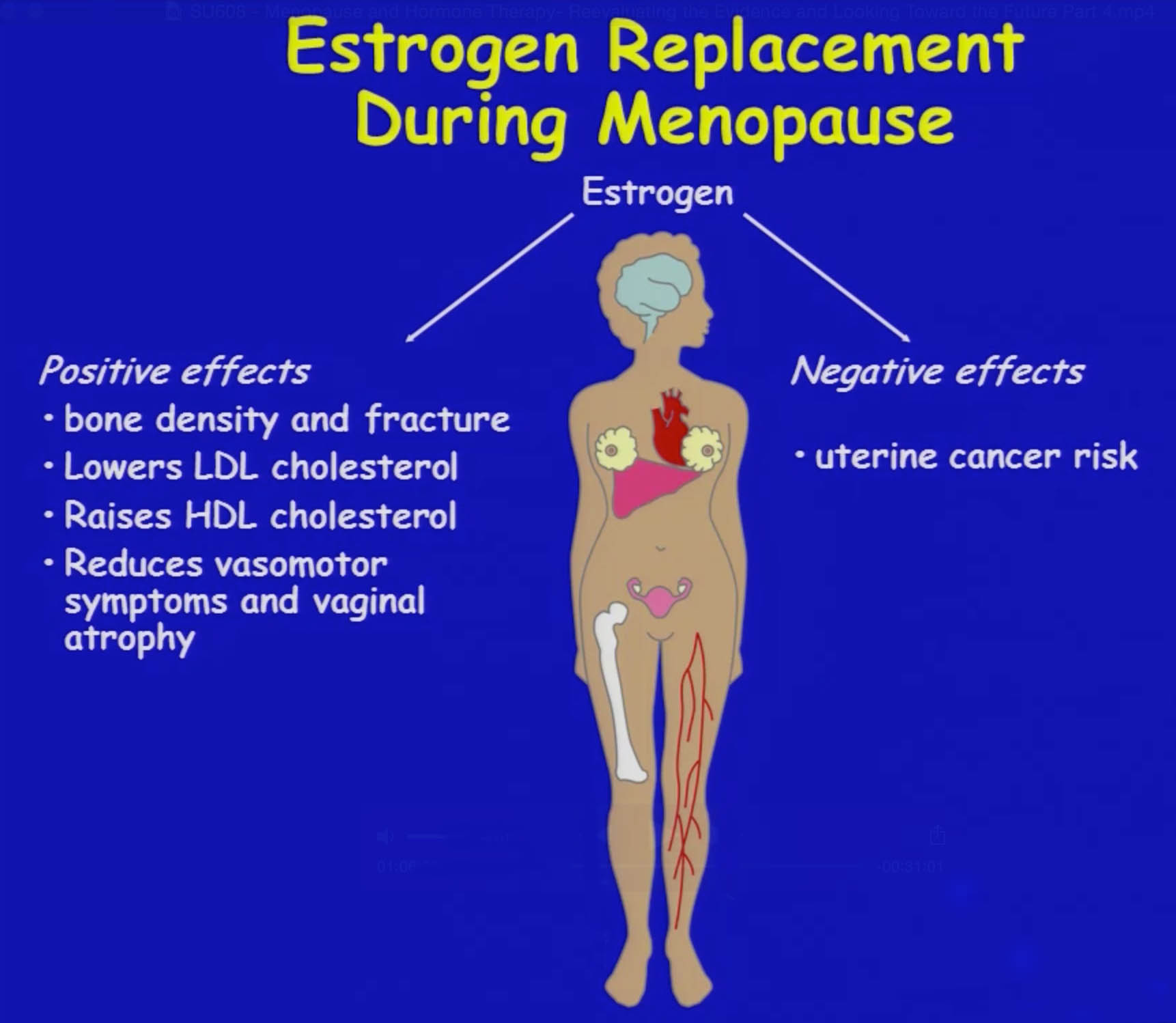 The fact the skin works as a barrier is relevant too and some people’s barriers will be better than others even to hormones in patches and gels that are designed to penetrate your skin [3].
The fact the skin works as a barrier is relevant too and some people’s barriers will be better than others even to hormones in patches and gels that are designed to penetrate your skin [3].
In addition, there are many proteins and enzymes that help make up the five layers of your skin. These enzymes can affect the amount of hormones that are available in your bodies (bio-availability) from the patches and gels and there is evidence this composition of proteins and enzymes alters with time too [4].
Some studies have found that your ethnicity can affect how much of a drug is absorbed through your skin. One study found people from a Hispanic background had the best absorption rate, followed by White people, Asian people and people from an Afro-Caribbean background [5].
In summary, there are many different factors affect the dose of estradiol you need to ensure you have adequate estrogen for your perimenopause or menopause. You should talk to a healthcare professional if you feel your dose or type of HRT needs changing.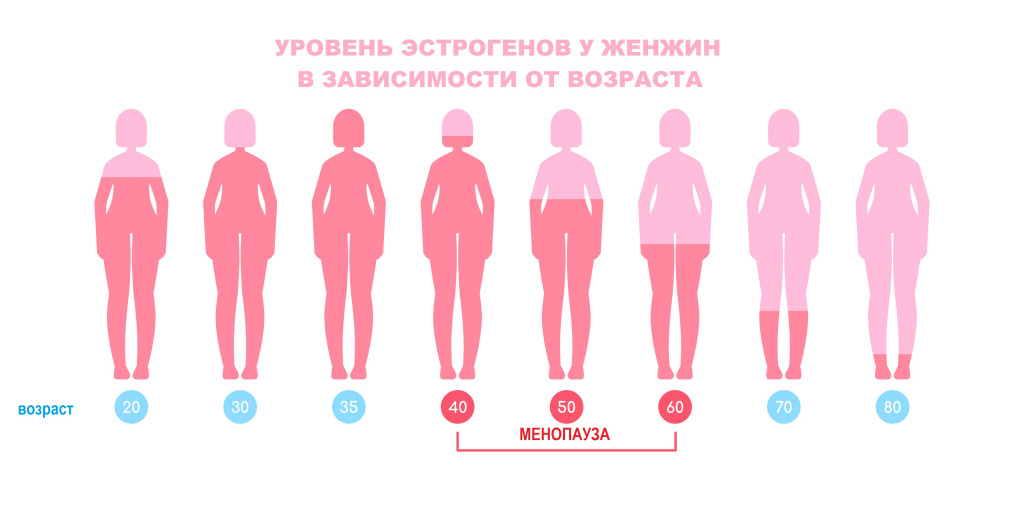
Progesterone doses
If you still have your uterus (womb), taking estrogen can cause the lining (endometrium) to thicken. To prevent this thickening, you will be required to take either body identical progesterone (Utrogestan, Cyclogest or Lutigest) or a synthetic progestogen tablet or have the Mirena coil.
The regime in which you take your progesterone will depend on the type and whether you are still having periods or not. If you are still having periods, the usual recommended dose is 200mg Utrogestan every evening for two out of four weeks. Once periods have stopped, the dose of Utrogestan is usually 100mg every evening. If you experience progesterone intolerance symptoms (such as low mood), the capsules or an alternative progesterone can often be used vaginally.
The dose of progesterone needed does not always depend on your dose of estrogen. There is no strong evidence to suggest that if you are prescribed a higher dose of estrogen that you also require a higher dose of progesterone. Some women are prescribed a higher dose as they absorb estrogen through their skin less easily than other women who are prescribed lower doses. Other women need higher doses to improve their symptoms.
Some women are prescribed a higher dose as they absorb estrogen through their skin less easily than other women who are prescribed lower doses. Other women need higher doses to improve their symptoms.
If you are experiencing bleeding when you shouldn’t be bleeding, regardless of your dose of estrogen, you should discuss this with your healthcare provider to see if any other investigations are needed. Bleeding commonly occurs in the first 3-6 months after starting or altering the dose of HRT and can occur with both higher and lower doses of estrogen. Sometimes a higher dose of progesterone is recommended to improve any bleeding.
A recent audit of patients at Newson Health found that abnormal vaginal bleeding occurs in fewer than 1% of our patients. Moreover, there was no correlation between oestradiol dose levels and the incidence of problem bleeding.
Testosterone doses
When commencing testosterone replacement, the starting dose is usually 5mg of cream or gel daily. Generally, after 3-6 months a blood test is done to check the level of testosterone and often also your sex hormone binding globulin (SHBG) to determine your Free Androgen Index (FAI).
Generally, after 3-6 months a blood test is done to check the level of testosterone and often also your sex hormone binding globulin (SHBG) to determine your Free Androgen Index (FAI).
If your levels are low despite treatment with testosterone and you are still experiencing symptoms of testosterone deficiency (reduced libido, low energy, reduced motivation) then you may be recommended to increase the amount of testosterone gel or cream you are using and then repeat the blood test again after a few months.
Side effects due to testosterone are very rare if levels of testosterone and Free Androgen Index remain in the female range.
References
- NICE (2015) ‘Menopause: diagnosis and management’, www.nice.org.uk/guidance/ng23
- British Menopause Society (2020), ‘BMS & WHC’s 2020 recommendations on hormone replacement therapy in menopausal women’
- Tinhofer I.E., Zaussinger M., Geyer S.H., Meng S., Kamolz L.P., Tzou C.H., Weninger W.
 J. (2018), ‘The dermal arteries in the cutaneous angiosome of the descending genicular artery’, J Anat, 232(6) pp.979-86. doi: 10.1111/joa.12792.
J. (2018), ‘The dermal arteries in the cutaneous angiosome of the descending genicular artery’, J Anat, 232(6) pp.979-86. doi: 10.1111/joa.12792. - Singh I., Morris A.P. (2011), ‘Performance of transdermal therapeutic systems: effects of biological factors’, Int J Pharm Investig, 1(1):4-9. doi: 10.4103/2230-973X.76721.
- 4. Liu, P., Higuchi, W.I., Ghanem, A.H., Good, W.R. (1994), ‘Transport of beta-estradiol in freshly excised human skin in vitro: diffusion and metabolism in each skin layer’, Pharmaceutical Research, 11(12), pp.1777–84. doi.org/10.1023/a:1018975602818
- 5. Leopold C.S, Maibach H.I, (1996), Effect of lipophilic vehicles on in vivo skin penetration of methyl nicotinate in different races, International Journal of Pharmaceutics, 139, 1–2, pp.161-67, doi.org/10.1016/0378-5173(96)04562-0.
Dosing Standards for Estrogen | Endocrine Society
Dosing Standards for Estrogen | Endocrine Society
SHARE
The hormonal induction of puberty as early as 11 to 12 years of age with low-dose estrogen in hypogonadal girls with Turner Syndrome (TS) is safe and effective and does not interfere with linear growth. (1,2)
(1,2)
The psychological benefit to undergo age-appropriate pubertal maturation is supported by reports of increased quality of life and psychological well-being in adults with TS who did not experience delayed induction of puberty and late menarche.(3,4)
Exogenous hormone therapy is aimed to most closely mimic physiologic puberty and is preferably coordinated with the final phase of growth hormone therapy. Evidence is increasing that transdermal micronized estradiol is the most physiological form and route of estrogen therapy commercially available. In a recent study, transdermal estradiol therapy resulted in levels of estradiol, estrone, and bioestrogen metabolites closer to normal and with a greater suppression of LH and FSH levels than following oral estradiol replacement.(5,6) For patients who are unable to tolerate estradiol patch therapy or prefer to use pills, the use of low dose oral micronized estradiol provides a reasonable therapeutic alternative, with an initial dose of 0.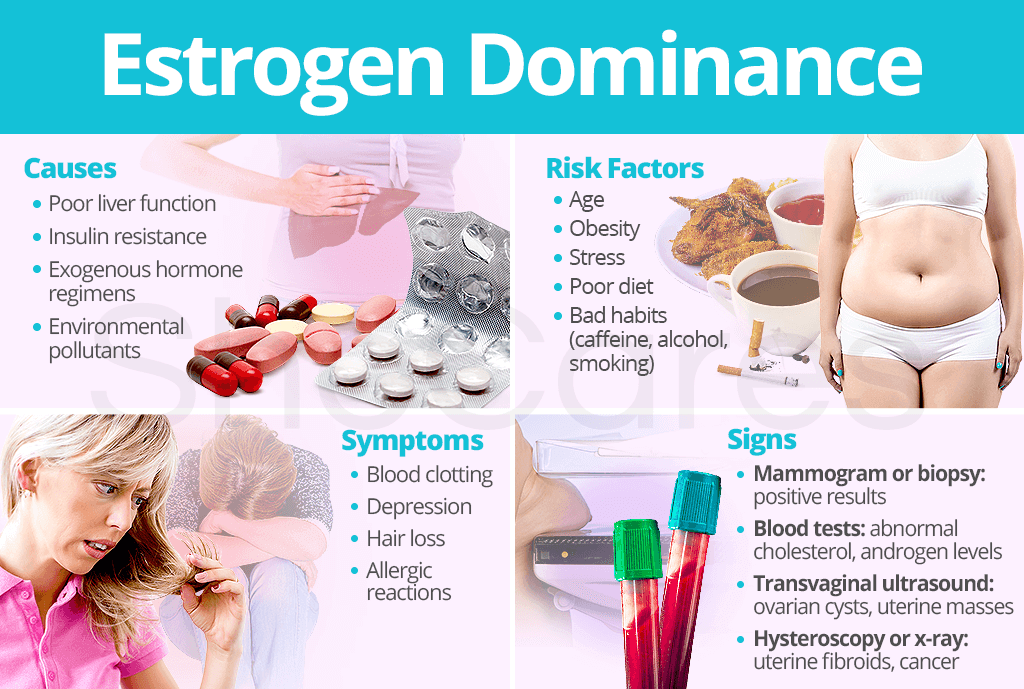 25 mg daily.
25 mg daily.
The overall approach is to increase the estrogen dose gradually over 3 to 3.5 years and to use growth, bone maturation, hormone levels, degree of feminization, patient satisfaction, bleeding pattern, and side effects as a guide. To ensure a healthy endometrium, a progestin should be introduced approximately 2.5 years after starting estrogen or earlier if breakthrough bleeding occurs. For the physician caring for young adult women with TS, from both the physiological and safety perspectives, the continued use of transdermal estradiol with a cyclical progestin once puberty is complete makes sense.
This daily regimen is relatively complex and may be expensive, if the estradiol patches are not covered by insurance. Compliance may not be sufficient to preserve bone health. Oral estradiol at a dose of 1-2 mg a day cycled with a progestin is less costly and some patients find it easier to take a daily pill than change patches once to twice weekly. The oral contraceptive pill is more than adequate for bone health, is less expensive, convenient to use and rarely is associated with intra-cycle bleeding.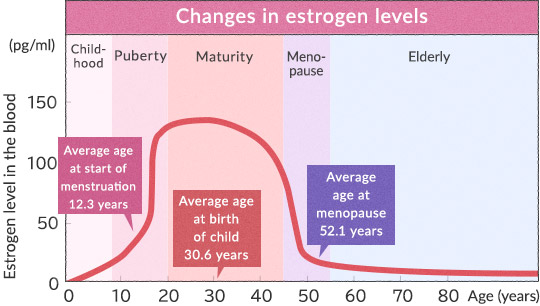 (7) The adverse publicity to chronic estrogen use stemming from the WHI study can be addressed by providing a simple explanation of how the findings do not apply to younger women going through menopause and younger hypogonadal women.
(7) The adverse publicity to chronic estrogen use stemming from the WHI study can be addressed by providing a simple explanation of how the findings do not apply to younger women going through menopause and younger hypogonadal women.
The specifics of low dose regimens to induce puberty in adolescents with TS continue to be explored and evaluated.(8) One approach adopted by many, has been the use of fractionated or partial estradiol patches to achieve a very low dose at the start of pubertal induction. An alternative best practice soon to be assessed in a multicenter Quality Initiative being sponsored by the Pediatric Endocrine Society and open to all its members for participation, enables the initiation of puberty with the application of an entire 25 mcg
estradiol patch for one week, monthly and then titrating the dose gradually by initially increasing the duration of patch usage and subsqequently the patch dose.
References
- Rosenfield R.L., Devine N., Hunold J.
 J., Mauras N., Moshang T., Jr., Root A.W., 2005 Salutary effects of combining early very low-dose
J., Mauras N., Moshang T., Jr., Root A.W., 2005 Salutary effects of combining early very low-dose
systemic estradiol with growth hormone therapy in girls with Turner syndrome. J Clin Endocrinol Metab 90:6424-6430 - Ross J.L., Quigley C.A., Cao D., Feuillan P., Kowal K., Chipman J.J., Cutler G.B., Jr., 2011 Growth hormone plus childhood low-dose
estrogen in Turner’s syndrome. N Engl J Med 364:1230-1242 - Carel J.C., Ecosse E., Bastie-Sigeac ., et al. Quality of life determinants in young women with Turner’s syndrome after growth
hormone treatment: results of stature population-based cohort study. J Clin Endocrinol Metab 2005; 90:1992-1997 - Boman U.W., Bryman I., Moller A., Psychological well-being in women with Turner syndrome: somatic and social correlates. J Psychosom Obstet Gynaecol 2004; 25(3-4):211-219
- Torres-Santiago L., Mericq V., Taboada M., Unanue N., Klein K., Singh R., Hossain J., Santen R., Ross J., Mauras N., 2013 Metabolic effects of oral vs. transdermal 17beta estradiol (E2): a randomized clinical trial in girls with Turner Syndrome.
 J Clin Endocrinol Metab 98:2716-2724
J Clin Endocrinol Metab 98:2716-2724 - Taboada M., Santen R., Lima J., Hossain J., Singh R., Klein K.O., Mauras N., 2011 Pharmacokinetics and pharmacodynamics of oral and transdermal 17beta estradiol in girls with Turner syndrome. J Clin Endocrinol Metab 96:3502-3510
- van Pareren Y.K., de Muinck Keizer-Schrama S.M., Stijnen T., Sas T.C., Jansen M., Otten B.J., Hoorweg-Nijman J.J., Vulsma
T., Stokvis-Brantsma W.H., Rouwe C.W., Reeser H.M., Gerver W.J., Gosen J.J., Rongen-Westerlaken C., Drop S.L., 2003 Final height in girls with turner syndrome after long-term growth hormone treatment in three dosages and low dose estrogens. J Clin Endocrinol Metab 88:1119-1125 - Bondy C.A., for the Turner Syndrome Consensus Study Group 2007 Care of girls and women with Turner syndrome: a guideline of the
Turner syndrome study group. J Clin Endocrinol Metab 92:10-25
Join our endocrine community and become a member! Only members receive access to a variety of member benefits that will enhance your career.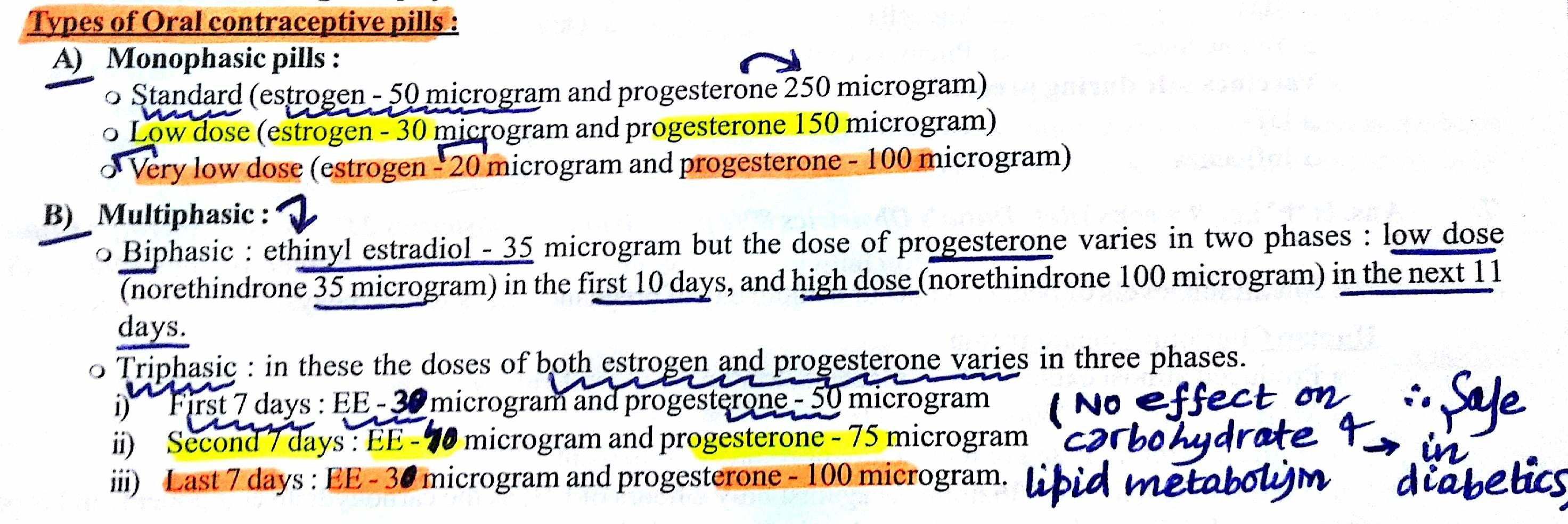 If your membership has lapsed, rejoin today so that you can continue to receive your membership benefits.
If your membership has lapsed, rejoin today so that you can continue to receive your membership benefits.
Back to top
Home | Ministry of Health of the Kaliningrad Region
| Name | Description | Size | Type |
|---|---|---|---|
| 380 Order of the Ministry of Health Ko dated 27.05.2021 On the organization of monitoring of the staff of the healthcare system KO CHANGES APPENDIX 3 Published on 15.07.2021 | 0.34 Mb | ||
| 58 Order of the Ministry of Health Ko dated 29.01.2021 On the organization of monitoring of the personnel of the healthcare system KO Published on 15.07.2021 | 2.12 Mb |
Ministry of Health of the Russian Federation
Independent assessment of the quality of services provided by medical organizations – participate
Vacancies
Government of the Kaliningrad Region
Official Internet portal of public services
Territorial Compulsory Medical Insurance Fund
Territorial body of Roszdravnadzor for the Kaliningrad region
Medical insurance companies
Prevention of HIV / AIDS in Russia
MFC for business
Personal account of citizens on the website of the Government of the Kaliningrad region
Healthy Russia – Project “So cool”
Sociological survey
Independent assessment of the quality of the conditions for the provision of services by medical organizations
Vacancies and results of competitions for the right to fill positions in the state civil service and chief physicians of medical organizations
Administrative reform
Open Data
Leaflet “On measures of personal prevention for those traveling to countries that are unfavorable in terms of the incidence of a new coronavirus infection”
Ask a question
bus. gov.ru independent assessment of the quality of the conditions for the provision of services (Leave feedback, results)
gov.ru independent assessment of the quality of the conditions for the provision of services (Leave feedback, results)
Anti-corruption
Community Council
Schedule of medical examinations and preventive examinations
Donation
Volunteering
List of mandatory requirements
Procurement showcase of the Ministry of Health of the Kaliningrad region
Anti-Terrorist Commission
Anti-doping software
Information for the population on IVF in the CHI system
High-Tech Medical Care
Points for dispensing medicines to preferential categories of citizens in the city of Kaliningrad and the region
Lean Clinic
Health in numbers
Information on the maximum selling prices for vital and essential drugs in accordance with the State Register
Hormone therapy for menopause – Health Clinic 365 Yekaterinburg
What is menopause
Symptoms of menopause
Diagnosis of menopause
Examinations necessary for a woman during menopause
How to manage menopause symptoms
Hormone alternatives
Menopause prevention
Good things to know about menopause
Questions to ask your doctor
Frequently asked questions about menopause
Lifestyle advice during menopause
Menopausal hormone or estrogen therapy during menopause.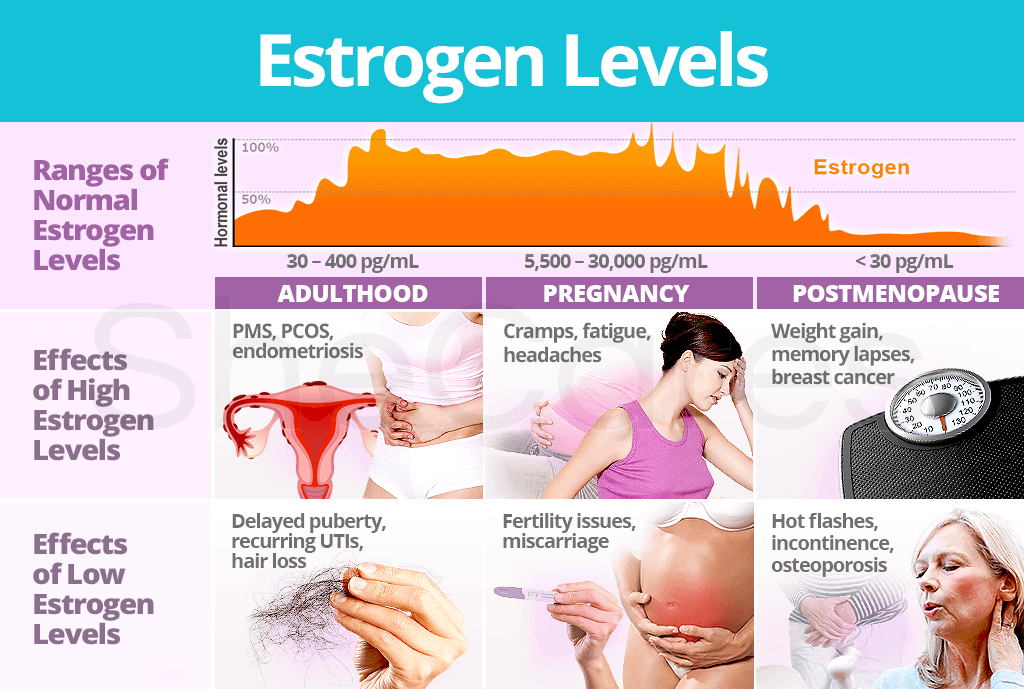 At first, estrogen was prescribed primarily for the long-term prevention of osteoporosis and heart disease, and for the short-term relief of menopausal symptoms such as hot flashes. Now it’s menopausal hormone therapy is given in short courses (usually two or three years) to manage menopausal symptoms in women without risk factors such as a history of breast cancer, coronary artery disease, bleeding problems, or stroke.
At first, estrogen was prescribed primarily for the long-term prevention of osteoporosis and heart disease, and for the short-term relief of menopausal symptoms such as hot flashes. Now it’s menopausal hormone therapy is given in short courses (usually two or three years) to manage menopausal symptoms in women without risk factors such as a history of breast cancer, coronary artery disease, bleeding problems, or stroke.
There are four types of hormone therapy during menopause: synthetic estrogen alone, or estrogen identical to natural, or together with progesterone or with synthetic progestin. If estrogen is mixed with progesterone, this is called hormone therapy (HT). It is generally given to women who still have a uterus because progesterone reduces the risk of uterine cancer, which is caused by extra estrogen.
Hormone therapy with estrogen alone is called estrogen therapy (ET). It is usually given to women who no longer have a uterus.
Postmenopausal hormone therapy comes in various forms: tablets, creams, transdermal patches, vaginal rings and injections.
Some hormones are called “nature identical” because they are chemically (at the molecular level) identical to the substance that the body produces. These hormones are not obtained from the body (yours or someone else’s). Most natural identical estrogens and progesterone come from soy (estrogen) or yams (progesterone).
They are not “natural” or in their natural form when you take them. To create such a hormone, it is necessary to synthesize or process a plant or animal hormone in several stages.
All hormone supplements, including natural identical ones, are created in a laboratory, and the difference between a natural identical hormone and a synthetic hormone is that a synthetic hormone is a patented molecular structure created in a laboratory to mimic the action of naturally occurring hormones . Synthetic hormone is mass produced. For example, Prempro is a combination of two synthetic hormones.
The action of synthetic hormones and hormones identical to natural ones is the same: they bind special proteins in a process similar to a lock and key on the surface of cells, i.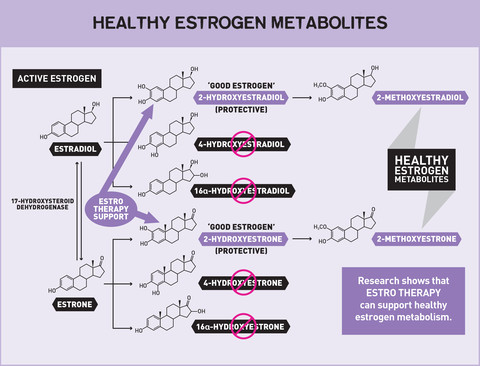 e. receptors. It does not matter if a synthetic hormone or a hormone identical to the natural one has hit the receptors – the message from the hormone to the cell will be transmitted in any case.
e. receptors. It does not matter if a synthetic hormone or a hormone identical to the natural one has hit the receptors – the message from the hormone to the cell will be transmitted in any case.
Here are two main types of hormones that are identical to natural ones. Estras (Estrace), Climara (Climara), Vivelle (Vivelle), EstroGel (EstroGel), Divigel (Divigel) and Estrasorb (Estrasorb) – hormones approved by the Food and Drug Administration (USA) and available for prescription The second group is hormones produced individually for each woman in multidisciplinary medical centers.
Individually formulated estrogen products are commonly referred to as “bi-estrogen” or “tri-estrogen” because they contain varying amounts of two or three types of estrogen. The creation of an individual prescription is usually based on saliva analysis, which identifies the forms of estrogen that a woman is deficient in. Keep in mind that saliva testing may not accurately determine the amount of circulating estrogen, as a woman’s estrogen levels fluctuate every day and are unsuitable for medical estrogen dosing at certain times of the day.
A woman should not undergo any form of hormone therapy until she has weighed the pros and cons and discussed the risks and benefits with her doctor. Because of the potential risks of hormone therapy, the US Food and Drug Administration recommends that physicians prescribe postmenopausal hormone therapy at the lowest possible doses and treat as soon as possible. This recommendation came about because studies of menopausal women with and without heart disease conducted by the federal Women’s Health Initiative found that estrogen and progestin only briefly relieve hot flashes and night sweats, but do not have a significant effect. on health and quality of life factors such as energy, mental health, depressive symptoms, or sexual satisfaction.
Other facts have also been found:
The National Cancer Institute found a significant reduction in hormone-induced breast cancer in women (this type of cancer was the most common in 2003). A study published in April 2007 by the New England Journal of Medicine noted that this decline was directly related to the fact that millions of women stopped hormone therapy in 2002 following the results of a major government study that stated, that such treatment slightly increases the risk of breast cancer, heart disease, and stroke.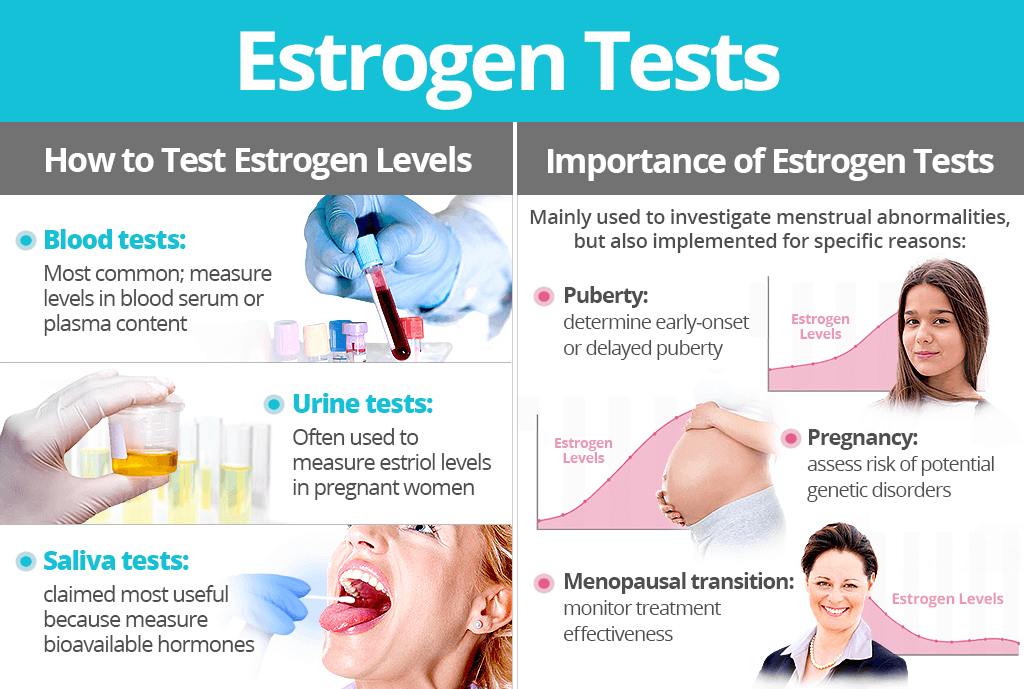
Researchers found that the decline in breast cancer began in mid-2002 and stabilized after 2003. The decline was seen in women over 50 years of age and in women with estrogen receptor tumors for benign cancers that require estrogen to develop. The scientists believe that by removing this treatment, cases of very small estrogen-induced benign cancers were prevented (and sometimes a reduction in existing cancers was seen), since the tumor did not receive additional estrogen to grow.
A study on the association between breast cancer and estrogen therapy, published in April 2006 in the Journal of the American Medical Association, found that estrogen-only women who did not have a uterus did not increase risk of developing breast cancer for at least the next seven years after starting estrogen. Conversely, women with a uterus who took both equine estrogen and progestin were found to have an increased risk of breast cancer over five years.
- HT cannot help women with heart disease and may even worsen existing heart problems.


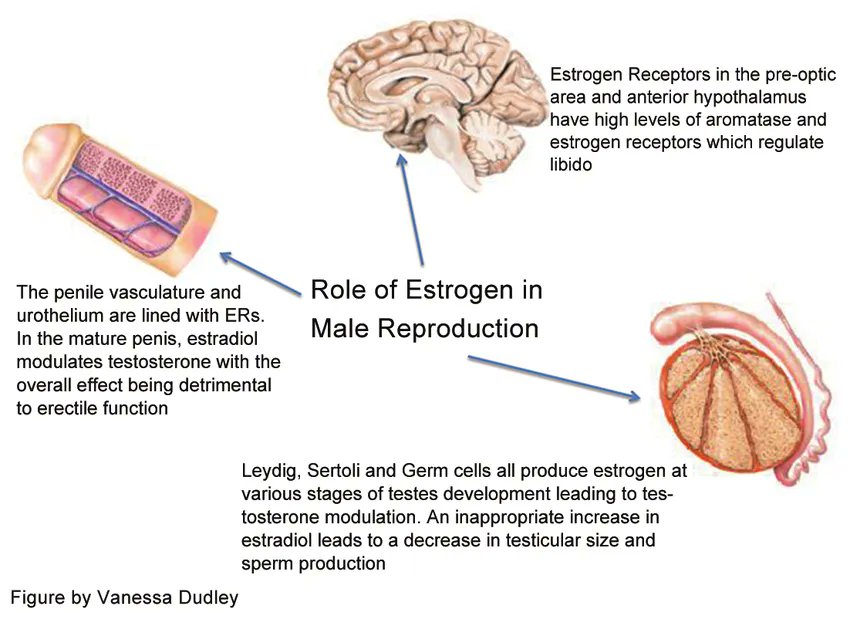 J. (2018), ‘The dermal arteries in the cutaneous angiosome of the descending genicular artery’, J Anat, 232(6) pp.979-86. doi: 10.1111/joa.12792.
J. (2018), ‘The dermal arteries in the cutaneous angiosome of the descending genicular artery’, J Anat, 232(6) pp.979-86. doi: 10.1111/joa.12792. J., Mauras N., Moshang T., Jr., Root A.W., 2005 Salutary effects of combining early very low-dose
J., Mauras N., Moshang T., Jr., Root A.W., 2005 Salutary effects of combining early very low-dose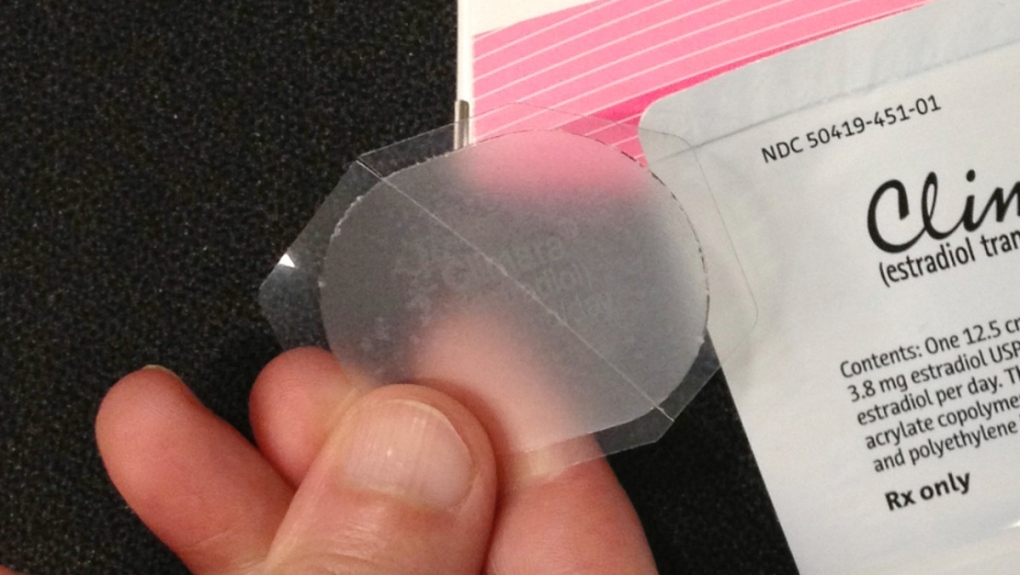 J Clin Endocrinol Metab 98:2716-2724
J Clin Endocrinol Metab 98:2716-2724